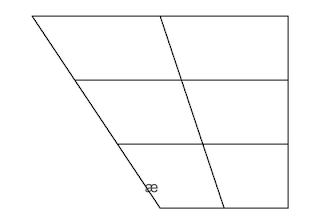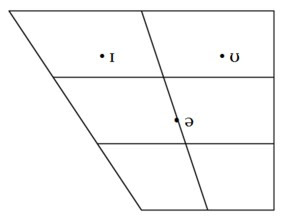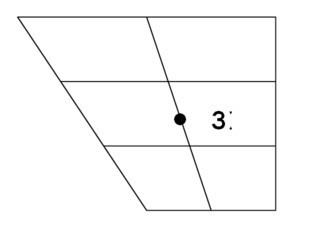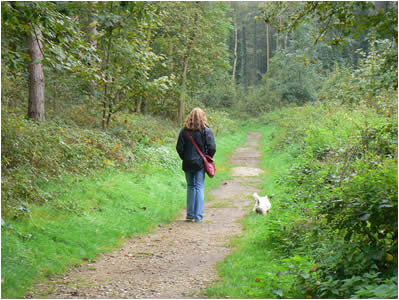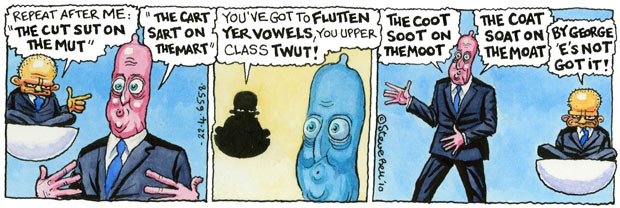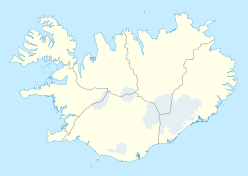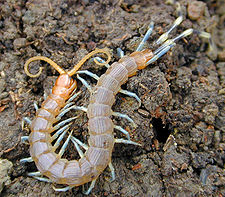 The standard descriptions of English phonetics really fall down — it seems to me — when it comes to the sequence involving a voiceless plosive preceded by a nasal and followed by a lateral, such as we have in recently.
The standard descriptions of English phonetics really fall down — it seems to me — when it comes to the sequence involving a voiceless plosive preceded by a nasal and followed by a lateral, such as we have in recently.Reading Gimson’s Introduction, even in Cruttenden’s latest revision (the seventh, 2008: §9.2.4 The Release Stage of English Plosives, (5) Lateral release, p. 167), you would imagine that in such a case we always get lateral release of an alveolar plosive, i.e. ˈriːsntlli. True, there’s also a section in the book headed ‘Glottal replacement in RP’ (§9.2.8 (c), p. 180), but it contains no examples of a plosive preceded by a nasal. (To be fair, neither does the panel on Glottal Stop in LPD.)
There are people who do indeed have a laterally released alveolar plosive, just as described. I do myself, in relatively formal or careful speech. But I also have another option, as I think most people do.
This is to have a glottal stop between the sonorants: ˈriːsnʔli. Listening to the party leaders debating on television last night, I was struck by the fact that not only the Scotsman (Brown) but also both of the privately educated Englishmen (Clegg and Cameron) used this variant, in this word and even more strikingly in importantly ɪmˈpɔːʔnʔli.
Actually, though, just labelling the segment a glottal stop does not tell the whole story. Once the tongue tip has made contact with the alveolar ridge for the n segment in recently, it retains the contact until the end of the l segment. What we have for the plosive between them (in the variant I’m discussing) is a double articulation, alveolar and glottal. You can tell there’s glottal closure as well as alveolar from the absence of the typical burst noise of lateral release as we move on to the lateral. The glottal closure is the more important of the two closures, since once the air stream is dammed by the closed glottis it is not available to build up pressure behind the alveolar closure, hence no noise of lateral release. If you find it helpful to have a phonetic symbol for every allophone, you could write this one [t͡ʔ] (t and ʔ joined by a tie bar).
It is not even clear that the double plosive has nasal approach. At the end of the n segment the airstream may well be cut off not so much by the rising soft palate as by the coming together of the vocal folds. Perhaps the /t/ in recently has neither nasal approach nor lateral release.
I think this is the usual pronunciation of /t/ in this phonetic environment in AmE, too.


